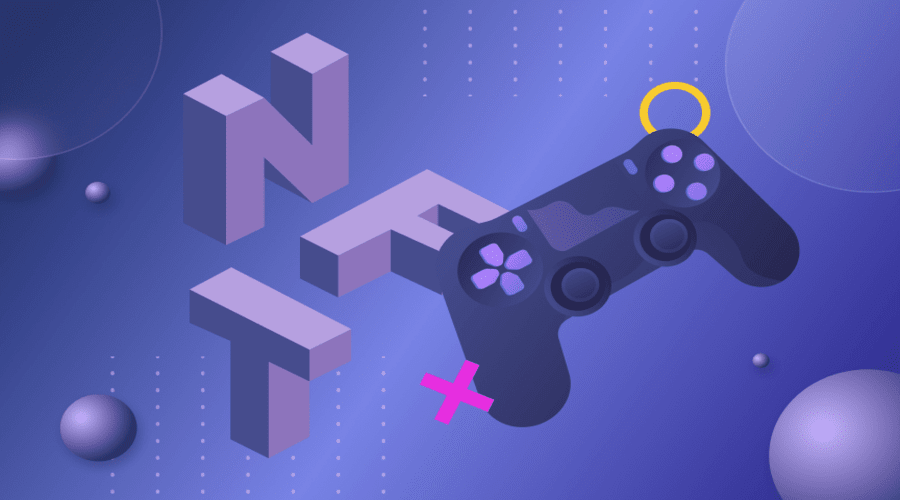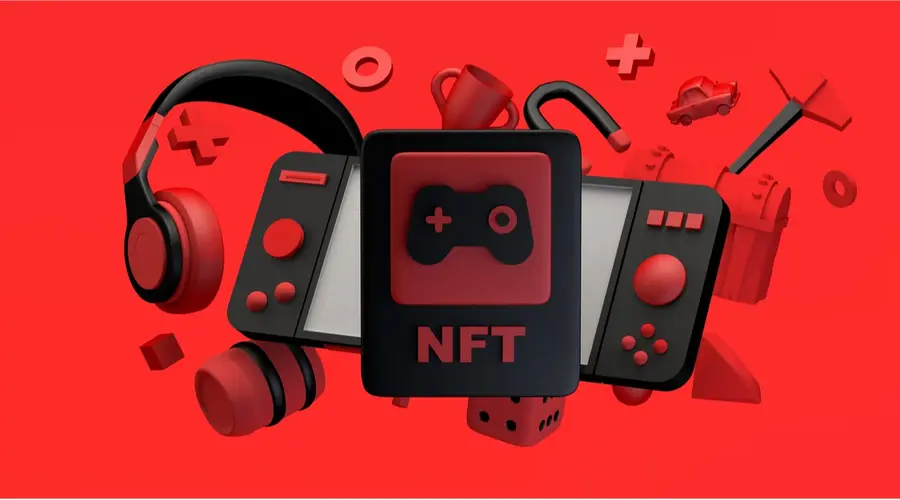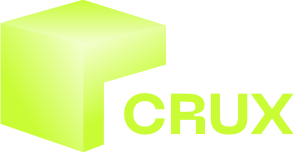
NFT Interoperability and Its Implications for Gaming and Virtual Worlds
- Cary
- June 28, 2023
- Uncategorized
- Gaming, NFT
- 0 Comments
In recent years, the rise of Non-Fungible Tokens (NFTs) has revolutionized the digital landscape, particularly in the realms of gaming and virtual worlds. NFTs enable the ownership and transfer of unique digital assets, providing new possibilities for creators, collectors, and enthusiasts. However, as the NFT ecosystem continues to expand, the need for interoperability between different platforms and marketplaces has become increasingly important. In this article, we will explore the concept of NFT interoperability and delve into its implications for gaming and virtual worlds.
What are NFTs?
NFTs, or Non-Fungible Tokens, are unique digital assets that are stored on a blockchain. Unlike cryptocurrencies such as Bitcoin or Ethereum, which are fungible and interchangeable, each NFT represents a distinct item or piece of content. These assets can range from digital art and collectibles to in-game items and virtual real estate. NFTs are secured by blockchain technology, ensuring authenticity, provenance, and ownership rights.
NFTs can represent various types of digital assets, including artwork, collectibles, music, videos, virtual real estate, and in-game items. Each NFT contains metadata that specifies its attributes, ownership details, and provenance, providing a verifiable record of authenticity.
Blockchain technology ensures the security, immutability, and transparency of NFT ownership. The decentralized nature of blockchain allows for secure and tamper-proof transactions, as well as the ability to trace the ownership history of an NFT. This enables artists, creators, and collectors to establish verifiable ownership and monetize their digital creations in a new and exciting way.
NFTs have gained significant attention and popularity in recent years, opening up new opportunities for artists, content creators, and investors in the digital realm.
The Importance of Interoperability
Interoperability is the ability of different systems or platforms to seamlessly communicate and interact with each other. In the context of NFTs, interoperability allows for the transfer and utilization of these digital assets across multiple marketplaces, games, and virtual worlds. It breaks down the silos created by individual platforms and opens up new opportunities for creators, collectors, and players.
Interoperability Standards
To achieve NFT interoperability, various standards and protocols have been developed. The two most widely used standards are ERC-721 and ERC-1155. ERC-721 is a non-fungible token standard on the Ethereum blockchain, while ERC-1155 allows for the creation of both fungible and non-fungible tokens. These standards provide a foundation for the creation, ownership, and transfer of NFTs.
Cross-chain interoperability is another crucial aspect of NFT interoperability. Different blockchain networks, such as Ethereum, Binance Smart Chain, and Flow, have their own ecosystems of NFTs. Cross-chain protocols enable the transfer of NFTs across these networks, allowing users to enjoy their assets on different platforms.
Layer-2 solutions, such as Polygon and Optimism, are also playing a significant role in achieving NFT interoperability. These scaling solutions help alleviate the high transaction costs and congestion on the main Ethereum network, making it more feasible to transfer and interact with NFTs.
Enhancing Gaming and Virtual Worlds
The interoperability of NFTs has transformative implications for gaming and virtual worlds. Let’s explore some of the key ways in which it enhances these experiences:
Cross-Platform Asset Transfer
NFT interoperability enables players to transfer their in-game assets across different gaming platforms. For example, a rare sword acquired in one game can be utilized or traded in another game that supports NFTs. This creates a seamless and fluid experience for players, as their digital possessions are not locked within a single game but can be utilized in various virtual environments.
Shared Virtual Economies
Interoperable NFTs facilitate the creation of shared virtual economies. Players can buy, sell, and trade assets across multiple games and virtual worlds, establishing a dynamic ecosystem. This opens up new avenues for entrepreneurship and allows creators to monetize their assets beyond a single platform. Moreover, it enhances the value of assets by increasing their potential user base.
Collaborative Gameplay
NFT interoperability encourages collaborative gameplay experiences. Players can bring their unique items and abilities from different games into a shared virtual world, enabling cooperative challenges and interactions. This fosters a sense of community and engagement among players, as they can explore diverse gaming universes while leveraging their existing assets.

NFT Interoperability Challenges
- Technical Complexity: Achieving NFT interoperability involves navigating technical complexities due to the diverse protocols and infrastructures of different blockchains and platforms. Developing interoperable solutions requires coordination, compatibility, and standardization among various stakeholders.
- Lack of Standardization: The absence of standardized interoperability protocols poses a challenge. While certain standards like ERC-721 and ERC-1155 have gained popularity, there is a need for cross-chain standards that enable seamless asset transfer between different blockchain networks. Establishing common protocols would facilitate widespread adoption and interoperability.
- Security Concerns: Interoperability introduces security challenges as assets are moved between different platforms. Safeguarding user assets and ensuring the trustworthiness of asset transfers becomes crucial to prevent fraud, hacking, or unauthorized access. Implementing robust security measures and conducting smart contract audits are essential.
- Scalability and Performance: Interoperability solutions need to address scalability and performance issues to handle the potential increase in transactions and asset transfers. High transaction volumes can cause congestion and slow down the networks, impacting user experience. Layer-2 solutions and cross-chain interoperability protocols are being developed to tackle these challenges.
- User Experience and Adoption: Ensuring a seamless user experience is vital for widespread adoption of NFT interoperability. Interfaces and user-friendly platforms need to be designed to simplify asset transfers and interactions between different platforms. Educating users about the benefits and processes of interoperability can also drive adoption.
- Legal and Regulatory Considerations: NFT interoperability may raise legal and regulatory considerations, particularly when transferring assets between different jurisdictions or platforms with varying compliance requirements. Addressing these concerns and ensuring compliance with relevant laws and regulations is crucial for a sustainable and legally compliant interoperability ecosystem.
- Community Consensus and Governance: Building community consensus and establishing governance frameworks for interoperability standards and protocols is essential. Engaging stakeholders, including developers, creators, collectors, and platform operators, in decision-making processes can ensure inclusive and effective governance of the interoperability ecosystem.
- Economic and Business Models: NFT interoperability introduces new economic and business models that require careful consideration. Determining the economic incentives for developers, platforms, and users in an interoperable ecosystem, such as transaction fees, royalties, and revenue-sharing mechanisms, is a complex challenge that needs to be addressed for sustainable growth.
- Interoperability across Technologies: Achieving interoperability across different technologies, such as blockchain networks, virtual reality platforms, and gaming engines, presents a significant challenge. Bridging these technological gaps and creating seamless integration is crucial for achieving comprehensive NFT interoperability.
- Long-Term Scalability: As the NFT ecosystem continues to expand, ensuring long-term scalability of interoperability solutions becomes crucial. Anticipating future demands, technological advancements, and user requirements is essential to build sustainable and scalable interoperability frameworks.
Navigating these challenges requires collaboration, innovation, and continuous development of interoperability standards, protocols, and technologies to unlock the full potential of NFT interoperability in gaming and virtual worlds.
Future Implications
The future implications of NFT interoperability are vast and exciting:
Expanding Metaverse
NFT interoperability contributes to the growth of the metaverse, a collective virtual shared space where users can interact with a combination of physical and virtual reality. Interoperable NFTs enable users to seamlessly navigate and engage with the metaverse, blurring the boundaries between different virtual worlds.
Player Sovereignty
Interoperable NFTs empower players with greater ownership and control over their digital assets. Players can freely transfer, sell, or utilize their assets across platforms, reducing the risk of assets becoming obsolete or locked within a single game. This player sovereignty enhances the overall gaming experience and encourages user engagement.
Cross-Genre Experiences
With NFT interoperability, players can enjoy cross-genre experiences by leveraging their assets in different game genres. For instance, a rare virtual car obtained in a racing game can be utilized in a role-playing game, adding unique capabilities and enhancing the gameplay. This flexibility and diversity enrich the gaming landscape.
Conclusion
NFT interoperability is poised to revolutionize the gaming and virtual world industries. By breaking down barriers and enabling seamless asset transfers, it opens up new possibilities for creators, collectors, and players. However, achieving widespread interoperability requires collaboration, standardization, and robust security measures. As the NFT ecosystem continues to evolve, we can expect an increasingly interconnected and immersive digital landscape.
FAQs
- What is NFT interoperability? NFT interoperability refers to the ability to transfer and utilize non-fungible tokens across different platforms, marketplaces, and virtual worlds.
- Why is interoperability important for gaming and virtual worlds? Interoperability enhances player experiences by allowing the transfer and utilization of assets across different games, platforms, and virtual worlds. It promotes fluidity, shared economies, and collaborative gameplay.
- What are the main challenges in achieving NFT interoperability? The main challenges include technical complexities, lack of standardization, and security concerns related to asset transfers between different platforms.
- How does NFT interoperability impact the gaming industry? NFT interoperability expands the possibilities for players, creators, and collectors, enabling cross-platform asset transfers, shared virtual economies, and collaborative gameplay. It enhances player sovereignty and encourages engagement.
- What are the future possibilities of NFT interoperability? The future possibilities include the growth of the metaverse, increased player sovereignty, and the emergence of cross-genre gaming experiences, blurring the boundaries between different virtual worlds.


